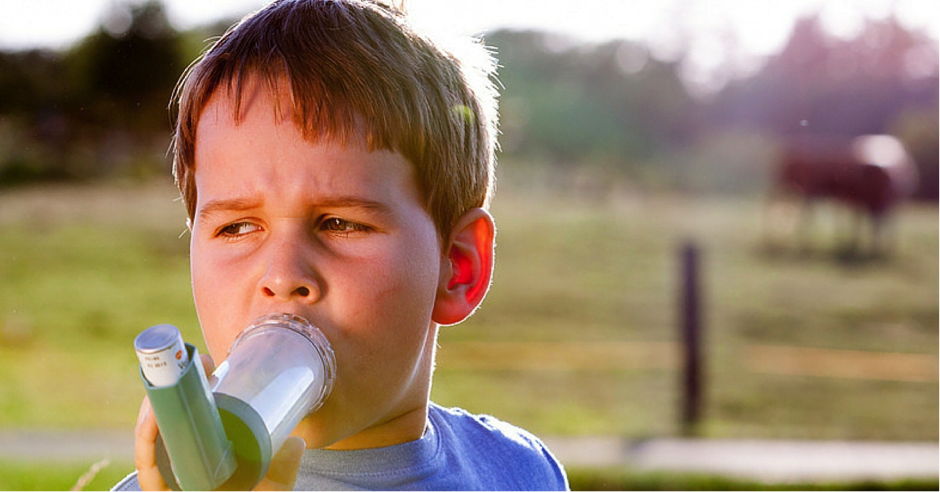If you are over the age of 65 or have a parent who is, chances are you know a lot about osteoporosis. In rare cases, osteoporosis can strike someone as young as 16, but it is largely a mature age condition with sharp escalation in incidence between 45 and 65. In fact, bone density peaks at 30. From there on, it is downhill although the rate of deterioration differs. In Australia, osteoporosis affects more than 1.2 million people and another 6.3 million have been diagnosed with low bone density (also called osteopenia), according to Osteoporosis Australia.
Who does it strike?
Medical data overwhelmingly shows that women are more at risk. There are a few reasons for this.
- Menopause: The oestrogen level in women’s bodies declines rapidly during menopause. Lower oestrogen means faster loss of calcium and minerals in bones.
- Genetics: Women have lighter, thinner bones and they live longer – leading to higher incidence of osteoporosis.
As they get older, men are also at risk of osteoporosis and some of the risk factors are very similar to those faced by women:
- Testosterone: Men lose testosterone as they age, but at a much lower rate than women lose oestrogen. Hence, male decline into osteoporosis is very gradual.
There are some factors that affect both groups similarly;
- Family history: Research has shown strong co-relation between bone health and family history. Those whose parents and siblings have been diagnosed with osteoporosis are at higher risk.
- Alcohol consumption and smoking: Both lifestyle factors are known to speed the onset of osteoporosis.
- Body weight: Ironically, both, slender people and the overweight, are at greater risk than those around the mean.
- Other medical conditions: Those with other conditions such as arthritis, liver and kidney disease and some kinds of cancer are at a greater risk. The medications and the condition itself can contribute to osteoporosis.
- Mental health issues: Those taking medication for depression over an extended period of time are exposed to a greater risk.
Often there are cases that fall outside the usual risk group of older women and men and a GP may recommend testing for bone density.
- Loss of height: If a person loses 1.6 inches in height, it could be due to compression fractures in the spine which occur due to osteoporosis.
- Organ transplant: Patients who have undergone a transplant are typically given anti-rejection medication. This has been known to interfere with the bone building process and as a precautionary measure, bone density testing may be recommended.
- Cancer treatment: One of the desired outcomes of some types of cancer treatment is lower oestrogen levels, which can then trigger osteoporosis. Prostate cancer treatment can do the same with testosterone levels.
- Frequency of fractures: If you have had an unusual number of fractures, your GP may recommend taking a bone density test.
How is bone density tested?
Bone density tests are usually quite quick and pain-free. According to information provided by the Victorian Government’s Better Health Channel, the most current and common one is called DEXA- it’s a special scanning machine that moves over the body as the patient lies flat on a bed. It looks at bone density in the hip, spine and forearm and is known to be highly accurate. Also, bone density tests are known to be really safe, exposing patients to no more radiation than they would absorb in one day.
Understanding the test result can be a bit more complicated than taking the test. There are two types of scores – T and Z. A T-score references bone density against that of a young adult of the same sex (that is the desired bone density), while the Z-score references it against others in the same age and gender group. So while T is an absolute score and is used for diagnoses, the Z-score is more contextual.
A T-score of -1 and above is considered normal, -1 to -2.5 indicates low bone density or osteopenia and -2.5 and over signals the onset of osteoporosis, according to a chart provided by Osteoporosis Australia.
Slowing down the onset of osteoporosis:
According to Osteoporosis Australia, the prevention and treatment of osteoporosis hinges around 3 elements – calcium, Vitamin-D and exercise.
- Calcium: Almost 99% of our body’s calcium is in bones. The rest is in the blood stream, helping other organs function well. When the body does not consume enough calcium, the bones lend it to the body, speeding up osteoporosis. It is therefore, recommended that we eat a diet rich in calcium – 3-5 serves of calcium rich foods every day. Some of these are diary – yoghurt, milk and cheese. Among vegetables, broccoli, silverbeet, cucumber and chickpeas are calcium rich as are almonds, dried figs and apricots. For those not getting sufficient calcium from their diets, a supplement of 500-600 mg a day may be recommended by a GP.
- Vitamin-D: This is the single most important vitamin in supporting bone health. Luckily, it is easily available via sun rays. A small amount of UVB rays is all that is needed. Those who go outdoors less, like the elderly and those with darker skin may need to take supplements.
- Exercise: Some types of exercise are more effective than others for bone health –doing light weights, impact aerobics, climbing stairs etc.
Treatment of Osteoporosis:
If you are over the age of 45 and have been struggling with frequent fractures, see your GP. Besides recommending a test, your GP can recommend ways to improve your bone health.
According to Osteoporosis Australia, the treatment centres around slowing down the rate of bone loss. Bone is being turned over constantly – i.e., new bone is being formed while old bone breaks down. Osteoporosis treatment works by slowing down the cells that break down old bone. This treatment has proved quite successful in increasing bone density and reducing the incidence of fractures. However, it is a lengthy treatment with results taking 6-12 months to be evident. There are several medications available and a GP will prescribe the right one based the needs of the patient.
Until a few years ago, osteoporosis was thought to be as inevitable as ageing. No longer. The combination of early detection, the right diet and exercise can delay the onset and pain of osteoporosis. Here are a few resources to help you:
www.osteoporosis.org.au
www.webmd.com/osteoporosis/features/osteoporosis-on-the-cutting-edge-of-bone-health
www.betterhealth.vic.gov.au/health/conditionsandtreatments/osteoporosis





